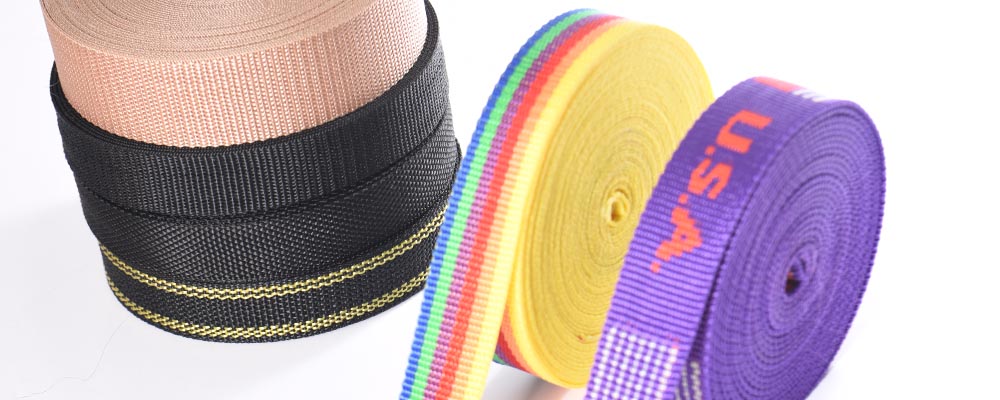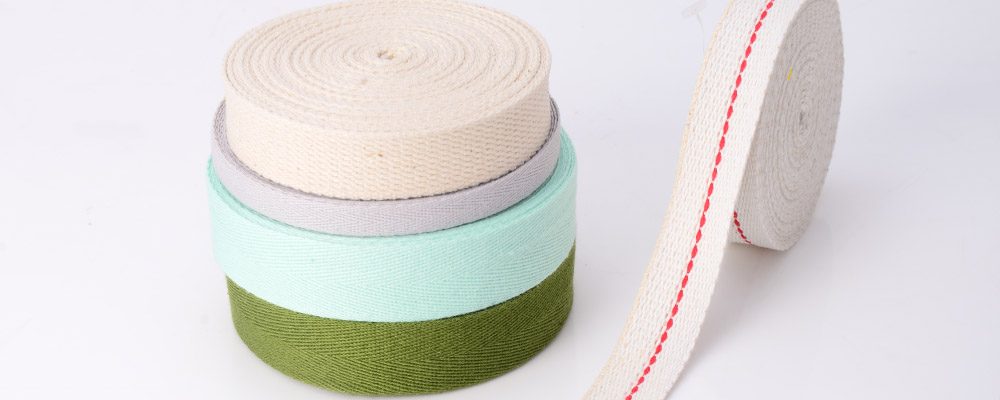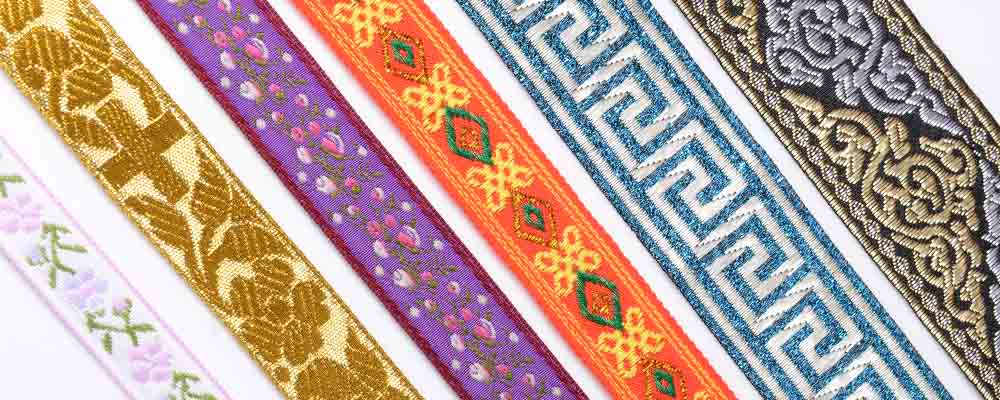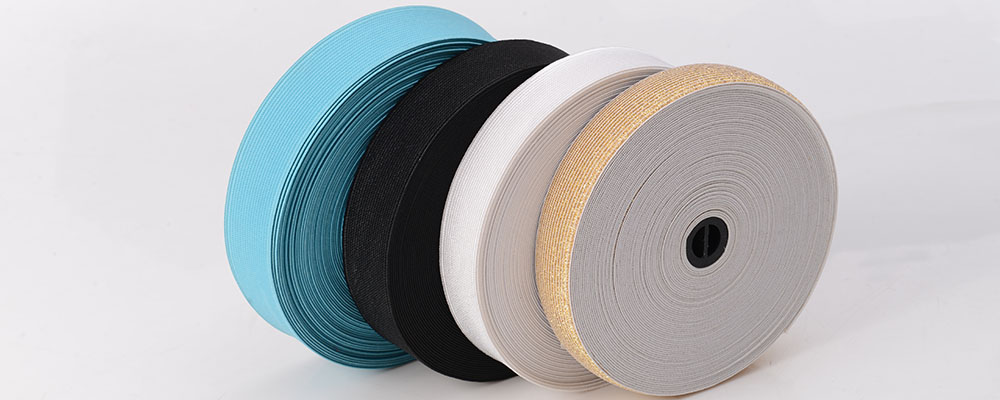Webbing for Bags: Essential Guide to Features, Types & Applications
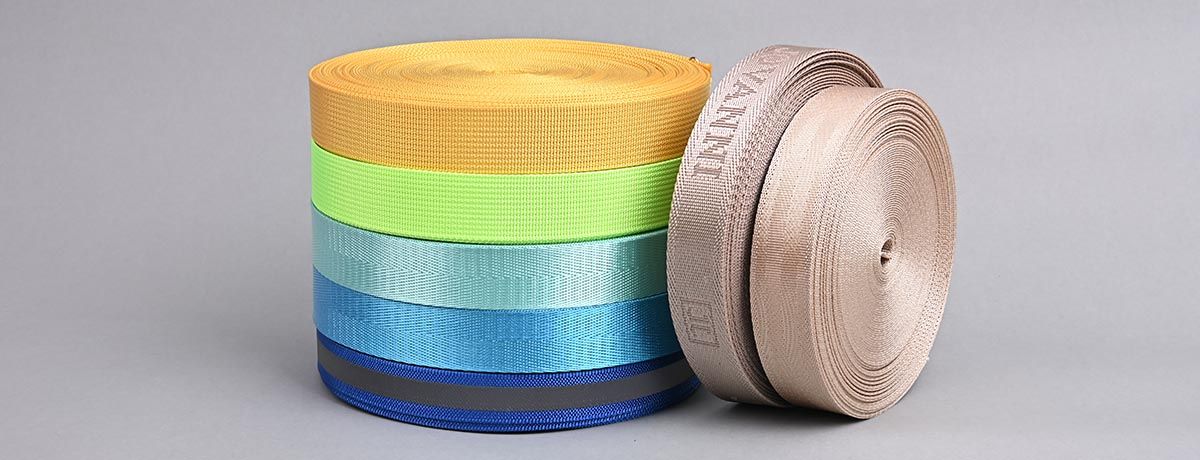
Webbing serves as the backbone of bag construction, providing the structural integrity and functionality that manufacturers demand. This versatile textile component transforms ordinary bags into durable, reliable products capable of withstanding daily use and heavy loads. Understanding webbing specifications and applications enables manufacturers to select optimal materials for their specific bag designs.
Introduction to Webbing Materials
When it comes to bag making projects, selecting the right webbing materials is essential for achieving a balance of durability, style, and comfort. Cotton webbing stands out as a favorite among crafters and professionals alike, thanks to its soft texture, eco-friendly appeal, and adaptability to a wide range of handmade bags. Its natural fibers make it ideal for those seeking a classic look and feel, while still providing the strength needed for everyday use.
For those crafting bags intended for outdoor adventures or active lifestyles, nylon webbing is the go-to choice. This material is renowned for being strong, lightweight, and easy to clean, making it perfect for backpacks, totes, and other bags that need to withstand the elements. Nylon’s resilience ensures your bag straps remain reliable, even with frequent use.
To add a touch of personality and sophistication, many bag makers turn to woven designs or printed webbing. These options offer a polished finish and allow for creative expression, whether you’re aiming for bold patterns or subtle accents. The right selection of webbing materials not only completes your project with ease but also elevates the overall style and functionality of your bag.
Whether you’re making a tote, a backpack, or a unique crossbody, choosing the ideal webbing is key to crafting a bag that is both secure and stylish. With so many options in stock, from cotton to nylon and beyond, you can find the perfect match for your next bag making project.
Classification of Webbing Materials
Polyester Webbing
Polyester webbing offers manufacturers an optimal balance of strength, cost-effectiveness, and quick-drying properties. This synthetic material resists moisture absorption and maintains dimensional stability across temperature variations. Polyester webbing suits most bag strap applications, providing reliable performance at competitive pricing.
Nylon Webbing
Nylon webbing delivers superior tensile strength and exceptional wear resistance. These characteristics make nylon the preferred choice for outdoor and military-style bags subjected to harsh conditions. The material's flexibility and strength retention under stress ensure consistent performance in demanding applications.
Cotton Webbing
Cotton webbing provides eco-friendly alternatives with soft, comfortable textures. Natural cotton fibers offer breathability and traditional aesthetics ideal for fashion bags and casual styles. This material appeals to environmentally conscious consumers while delivering adequate strength for moderate-load applications.
Jacquard Webbing
Jacquard webbing incorporates woven patterns or logos directly into the material structure. This premium option enables manufacturers to embed branding elements seamlessly, creating cohesive visual identities across product lines. Jacquard techniques produce durable graphics that resist fading and wear.
Elastic Webbing
Elastic webbing combines traditional strength with stretch capabilities. This flexibility proves valuable in sports bags requiring adjustable components or applications demanding conformity to irregular shapes. The material maintains elasticity while providing adequate load support.
Applications in Bag Manufacturing
Shoulder Straps and Handles
Webbing forms the foundation of comfortable, durable shoulder straps and handles. The material’s load distribution properties reduce pressure points while maintaining structural integrity. Webbing also contributes to the security of the bag by providing strong, reliable attachment points that help protect personal belongings. Manufacturers can specify padding integration or surface treatments to enhance user comfort during extended carrying periods.
Backpack Strap Systems
Backpack applications demand webbing capable of supporting substantial loads while ensuring proper weight distribution. Quality webbing materials prevent strap failure and maintain shape integrity under varying load conditions. Adjustability features integrate seamlessly with webbing structures.
Decorative Applications
Beyond functional requirements, webbing serves as decorative trim adding visual interest and color contrast. Manufacturers utilize webbing to create distinctive design elements, accent features, and brand identification markers. This dual functionality maximizes material efficiency while enhancing aesthetic appeal.
Functional Accessories
Webbing interfaces effectively with hardware components including buckles, hooks, and zipper systems. These integrated solutions enable manufacturers to create comprehensive closure and attachment systems for outdoor, travel, and sports bags. The material’s compatibility with various hardware types expands design possibilities.
For those looking to work with webbing, there are practical guides and tutorials available to help users effectively use these materials and hardware together.
Selecting the Right Webbing Solution
Quality webbing suppliers provide technical specifications enabling informed material selection. Testing data including breaking strength, abrasion resistance, and colorfastness ratings support engineering decisions. Reliable suppliers maintain consistent quality standards across production batches.
For bag manufacturers seeking dependable webbing solutions, MH offers comprehensive product selections spanning all major webbing categories. Our extensive inventory includes polyester, nylon, cotton, jacquard, and elastic options in multiple widths, colors, and specifications. Each product meets rigorous quality standards ensuring consistent performance in demanding applications.
Conclusion
In conclusion, webbing is a vital component in bag making, offering the perfect blend of style, durability, and functionality for any project. By understanding the unique properties of different webbing materials—such as cotton for its comfort and eco-friendliness, or nylon for its strength and versatility—bag makers can make informed choices that enhance both the look and performance of their handmade bags.

